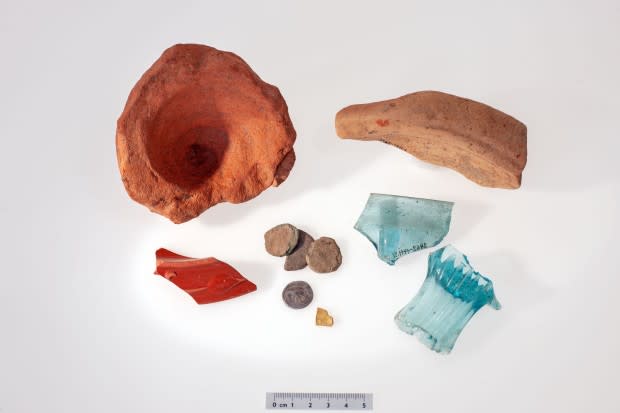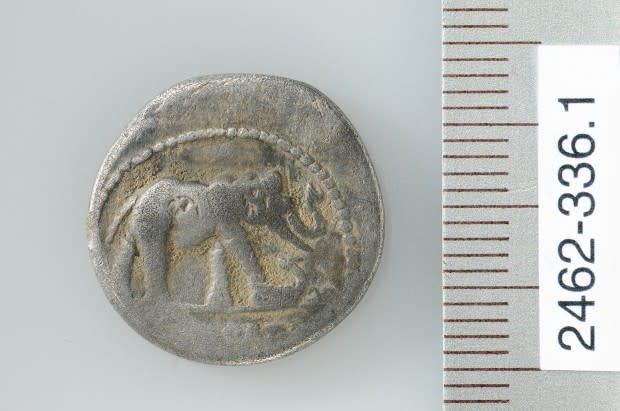Archaeologists Have Unearthed Extremely Rare Ancient Roman Walls in the Swiss Alps
A recent discovery by archaeologists in the Swiss Alps promises to shed light on ancient Roman activity in Switzerland.
Diggers unearthed the remains of a 2,000-year-old Roman wall in the foothills of the Alps. The 5,300-square-foot partition once shielded a Roman building complex and was found during the excavation of a gravel deposit in Zug, Switzerland. Archaeologists have already unearthed further items, including fragments from a plastic wall, as well as iron nails and gold fragments they believe are from jewelry.
They also found bowls and millstones used for grinding, glassware, crockery, and ceramic jugs. The jugs were used for items such as wine and olive oil. Archaeologists say these indicate that Romans in Switzerland traded with those in the Mediterranean. Belongings of the society’s elite were also discovered at the site. These included tableware, known as “terra sigillata” or “sealed Earth,” which were imported from Rome along with intricate glass vessels.

ADA Zug, Res Eichenberger
Amongst the items were a trove of silver and bronze coins. Astonishingly, this included a silver denarius minted by Julius Caesar during the first century B.C. It depicts an elephant stepping upon either a snake or a dragon.

ADA Zug, Res Eichenberger
In a statement, Switzerland’s Office for the Preservation of Monuments and Archeology called the findings an “archaeological sensation.” Gishan Schaeren, head of the Department of Prehistory and Protohistoric Archaeology, further elaborated: "Roman buildings of similar dimensions were last excavated in Cham-Heiligkreuz almost 100 years ago. We were also amazed that the top bricks were even visible above ground.”
This isn’t the first discovery of Roman remnants in Switzerland. Pieces from a middle Bronze Age community, as well as burial sites from the late-late Bronze Age, were previously recovered along with coins from the Celts.
If you happen to be near the Swiss Alps, you can visit the newly discovered wall and the rest of the Roman ruins during Excavation Day on September 2nd.
